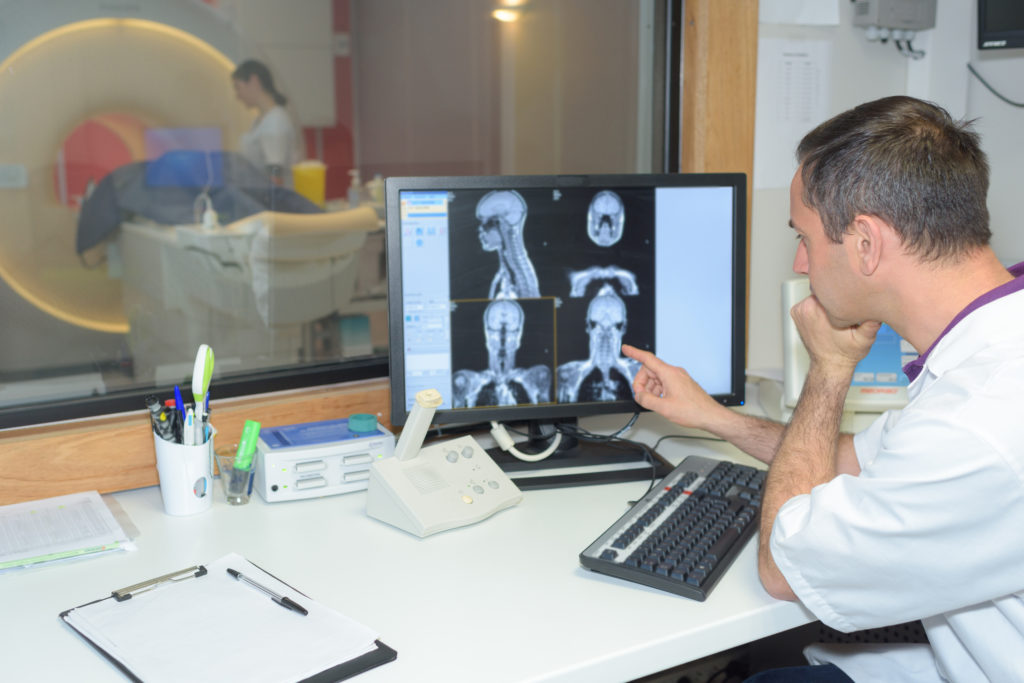With close to 20% of the world’s population, India faces an extraordinary challenge delivering healthcare to all its citizens.
The effort to meet that challenge is well under way with the country’s New Health Policy 2017 laying out a framework for improving access to healthcare as well as affordability and quality of service.
Technology will be an essential part of that framework and we are already seeing innovative tech projects changing the face of Indian healthcare.

Mobile medical
While India certainly needs many more doctors, one thing it does have in abundance is mobile phones. In 2016, the country crossed the one billion mobile subscriber mark. This virtual universality of ownership offers a valuable bridge across the healthcare gap.
With an ever-growing proportion of those subscribers now having smartphones, the possibilities are almost limitless.
Smartphones can be used to keep tabs on anything from heart rate to blood glucose levels, while smart implants can monitor a patient’s vital signs in real-time. This remote data streaming can allow a doctor to treat many more patients as they only need to physically see them if a problem is detected.
Meanwhile, the latest artificial intelligence applications can even advise people whether they need to see a real doctor at all. This has the potential to significantly ease pressure on healthcare providers while delivering patients the information they need.
In so many ways, technology is heralding a healthcare revolution and with its hyper-connected population, India is in the perfect position to benefit.
Digital Nerve Center
The city of Kolar is at the vanguard of this revolution. It has just opened a ‘Digital Nerve Center’, or DiNC, which is using a range of technologies to deliver cutting edge healthcare to local residents.
The DiNC aims to improve access to healthcare by improving facilities in primary health centers and with the use of ‘telemedicine’ to provide medical care from specialists. By linking local centers to this regional hub via video facilities, access to specialist care is spread much more widely at very low cost.
This could mean, for example, world-class oncologists examining a patient remotely – assessing their tests results and advising local doctors of the next steps for treatment and care.
Patient records will also be digitised so that they can be accessed by specialist teams anywhere, meaning the right people can see the right records at a moment’s notice. This streamlining saves time and resources, with the potential to transform the healthcare experience – especially for those on low incomes who have often struggled to get high-quality care.
The new center will coordinate the care of 14 million families in the area and serve as a model of health care delivery.
The digital infrastructure for the DiNC will be supported by Tata Trusts, which has provided the necessary software, platform and service. The state government will provide the manpower needed to deliver the services.
The Tata group is deploying the same model elsewhere in India. DiNCs have been established in three states - Himachal Pradesh, Karnataka and Telangana - covering over 600 healthcare centers and reaching out to more than five million people.

Specialist care
Tertiary care is being transformed in the same way. The Tata group in association with Tata Consultancy Services and Tata Trusts has launched a DiNC for the National Cancer Grid.
In the first phase, four premier cancer hospitals—the Tata Memorial Center in Mumbai, the Cancer Institute in Chennai, the Tata Medical Center in Kolkata and the Regional Cancer Center in Thiruvananthapuram—are pooling their knowledge and resources.
Through the DiNC, the cancer centers Kolar will receive services from a command center at Thiruvananthapuram. The center will remotely coordinate patient care for these hospitals, which see as many as 3500 outpatients patients per day.
By bringing these specialist centers together, significant efficiencies in treatment in care can be made and services speeded up as a result.
The hope is that the DiNC-based model will grow much bigger with the Governments of seven other Indian states working with the Tata group to adopt it.
Of course, there is no one solution to the challenges of universal healthcare delivery. But the DiNC model promises to widen access and share specialist knowledge on a scale rarely seen before.
India presents unique healthcare challenges but is leading the way in delivering its own unique and innovative solutions too.



